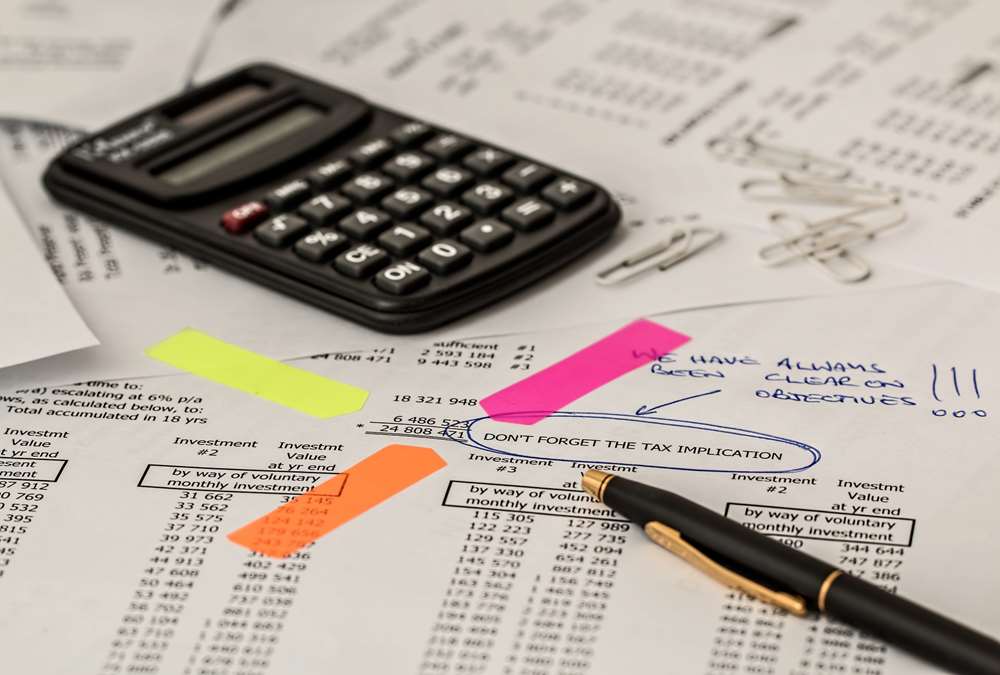- Home
- Business Processes
- Industry Knowledge
- Aerospace Industry
- Automotive Industry
- Banking Domain
- BFSI Industry
- Consumer/ FMCG Industry
- Chemicals Industry
- Engineering & Construction
- Energy Industry
- Education Domain
- Finance Domain
- Hospitality Domain
- Healthcare Industry
- Insurance Domain
- Retail Industry
- Travel and Tourism Domain
- Telecom Industry
- Leadership Skills
- eLearning
- Home
- Domain Knowledge
- General Ledger
- The Accounting Process
The Accounting Process
In this article we will focus on and understand the accounting process which enables the accounting system to provide the necessary information to business stakeholders. We will deep dive into each of the steps of accounting and will understand how to identify accounting transactions and the process for recording accounting information and transactions.
In this article, we will focus on and understand the accounting process which enables the accounting system to provide the necessary information to business stakeholders. We will deep dive into each of the steps of accounting and will understand how to identify accounting transactions and the process for recording accounting information and transactions.
Step 1: Identifying Business Stakeholders:
A business stakeholder is a person or entity having an interest in the economic performance of the business. These stakeholders normally include the owners, managers, employees, customers, creditors, and the government.
1. Owners of the Business:
The owners who have invested resources in the business clearly have an interest in how well the business performs. Most owners want to get the most economic value for their investments and they want to maximize the total economic worth of the business. This economic worth includes results of past profits and also reflects prospects for future profits.
2. Managers & the Management:
The managers are the individuals who have been authorized to operate the business on a day to day basis. They are responsible for various functions of the business as per the agreed roles and responsibilities between them and the owners. Managers are primarily evaluated on the economic performance of the business and therefore they also have an interest in maximizing the economic performance of the business.
3. Employees:
The employees provide services to the business in exchange for a paycheck. The employees have an interest in the economic performance of the business because their jobs depend upon it. The better is the economic performance of the business the more security and compensation it offers to the employees.
4. Customers:
The customers usually also have an interest in the continued success of a business. For example, if the company fails on economic performance it may not be able to fulfill its promised obligations making the customers suffer.
5. Creditors:
Like the owners, the creditors invest resources in the business by extending credit, such as a loan or supplying material on credit. They have an interest in how well the business performs because there recovery of credit/investment depends on the capability of the business generating enough cash to pay them back.
6. Governments:
Various governments and statutory bodies have an interest in the economic performance of businesses. Central and State governments collect taxes from businesses within their jurisdictions. Statutory bodies levy various taxes that are based on the economic performance of the business. The better a business does, the more taxes these bodies can collect.
Step 2: Understanding Accounting Needs:
The accounting process starts with the identification of its stakeholders. Discussion in the last paragraph will help you understand who could be a stakeholder for your business and identify the correct stakeholders. The next step in the accounting process is to assess the various information needs of those stakeholders and design the accounting system to meet those needs.
Step 3: Identifying Accounting Transactions:
The next step is to identify the events and activities that have an economic or monetary impact that is to identify accounting transactions. Every economic activity conducted within a business has a direct or indirect effect on the finances of the company. These economic transactions need to be recorded. The accounting process begins with identifying which transactions to record. For economic activity to be considered a transaction, it must be able to be expressed in monetary terms. Also, transactions must be related to the business – stakeholders' or owners' private expenses are never included with business transactions.
Step 4: Recording Transactions:
The next step in the accounting process is to record business activity by entering what accounts a transaction affects and how. Recording transactions includes documenting revenues (by invoices or sales receipts), and entering purchases (in the account payable account) and expenditures (in the check register). This step sometimes also involve high-level accounting tasks, such as recording sales orders, tracking prospective customers, and projecting sales opportunities and cash flow.
To record and classify a transaction to appropriate accounts, a proper understanding of the accounting equation is and accounting standards and practices is a must. Calculating and summarizing transactions in a traditional accounting system is a tedious process and automated accounting frees accountants from these repetitive tasks by calculating and summarizing hundreds or thousands of individual transactions and generating reports to satisfy a variety of stakeholders.
Step 5: Preparing Accounting Reports:
Finally, once the accounting system records the economic data about business activities and events, the next logical step is to prepare the business reports and provide them to the stakeholders according to their informational needs. The double-entry system enables accountants to prepare some standard reports like trial balance, profit, and loss account and balance sheet. Accounting reports are based on generally accepted accounting standards and these reports are powerful tools to help the business owner, accountant, banker, or investor analyze the results of their operations.
Stakeholders use accounting reports as a primary source of information on which they base their decisions. They use other information as well. For example, in deciding whether to extend credit to a company, a banker might use economic forecasts to assess the future demand for the company’s products. The banker might inquire about the ability and reputation of the managers of the business.
Related Links
You May Also Like
-
An allocation is a process of shifting overhead costs to cost objects, using a rational basis of allotment. Understand what is the meaning of allocation in the accounting context and how defining mass allocations simplifies the process of allocating overheads to various accounting segments. Explore types of allocations and see some practical examples of mass allocations in real business situations.
-
Legal Structures for Multinational Companies
A multinational company generally has offices and/or factories in different countries and a centralized head office where they coordinate global management. A multinational company (MNC)is a corporate organization that owns or controls the production of goods or services in at least one country other than its home country.
-
Driving Business Efficiency through Divisions and Departments
In case of a multi-divisional organizational structure, there is one parent company, or head-office. And that parent owns smaller departments, under the same brand name. Dividing the firm, into several self-contained, autonomous units, provides the optimal level of centralization, in a company.
-
GL - Recurring Journal Entries
A “Recurring Journal” is a journal that needs to be repeated and processed periodically. Recurring Entries are business transactions that are repeated regularly, such as fixed rent or insurance to be paid every month. Learn the various methods that can be used to generate recurring journals. See some examples and explore the generic process to create recurring journals in any automated system.
-
Internally, an organization can be structured in many different ways, depending on their objectives. The internal structure of an organization will determine the modes in which it operates and performs. Organizational structure allows the expressed allocation of responsibilities for different functions and processes to different entities such as the branch, department, workgroup and individual.
-
Generally Accepted Accounting Principles define the accounting procedures, and understanding them is essential to producing accurate and meaningful records. In this article we emphasize on accounting principles and concepts so that the learner can understand the “why” of accounting which will help you gain an understanding of the full significance of accounting.
-
There are two commonly used methods of accounting - Cash Basis and the Accruals Basis. Understand the difference between accruals and reversals. Recap the earlier discussion we had on accruals and reversals and see the comparison between these two different but related accounting concepts. Understand how the action of accruing results in reversals subsequently in the accounting cycle.
-
As the business grows, the company may want to transition to a branch structure as branches are allowed to conduct a much broader range of activity than representative offices. Branches can buy and sell goods, sign contracts, build things, render services, and generally everything that a regular business can do. A company expands its business by opening up its branch offices in various parts of the country as well as in other countries.
-
A Company (also called corporation) may be understood as an association of persons in which money is contributed by them, to carry on some business or undertaking. Persons who contribute the money are called the shareholders or the members of the company. A corporation is an artificial being, invisible, intangible and existing only in contemplation of law. Being the mere creature of law, it possesses only those properties which the charter of its creation confers upon it.
-
What is a Business Eco System?
The goal of a business is to generate capital appreciation and profits for its owners or stakeholders by engaging in provision of goods and services to customers within the eco system/framework governed by respective laws(local/international). The eco system involves various entities that the business works with for delivery of a product or service.
Explore Our Free Training Articles or
Sign Up to Start With Our eLearning Courses

About Us
Learning
© 2023 TechnoFunc, All Rights Reserved










